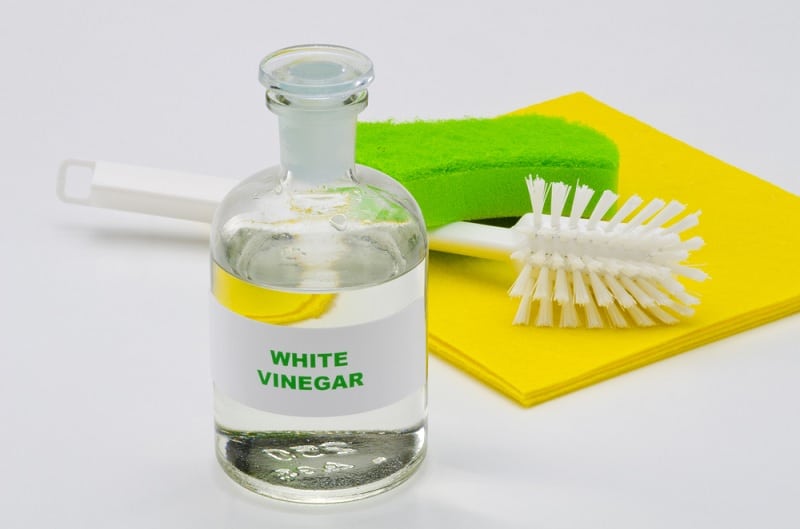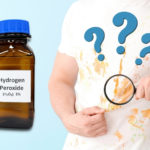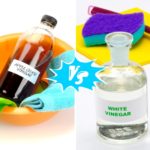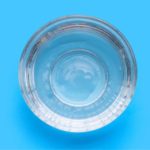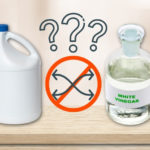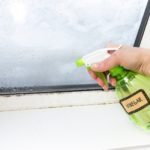White vinegar is a household staple for general cleaning, but can it handle tough stains?
The answer is that in many cases, yes it can! While not as tough on grease as chemical alkaline cleaners like bleach, vinegar’s natural acidity helps to break down all kinds of ingrained dirt.
In fact, vinegar works particularly well on mineral build-ups and is safer for pets and kids too. Not to mention kinder to skin and fabrics!
So, whether you need to get coffee out of a carpet, scale off your taps or blood out of your favourite shirt, here’s how to use vinegar for stain removal.
Can You Use Vinegar on Fabric?
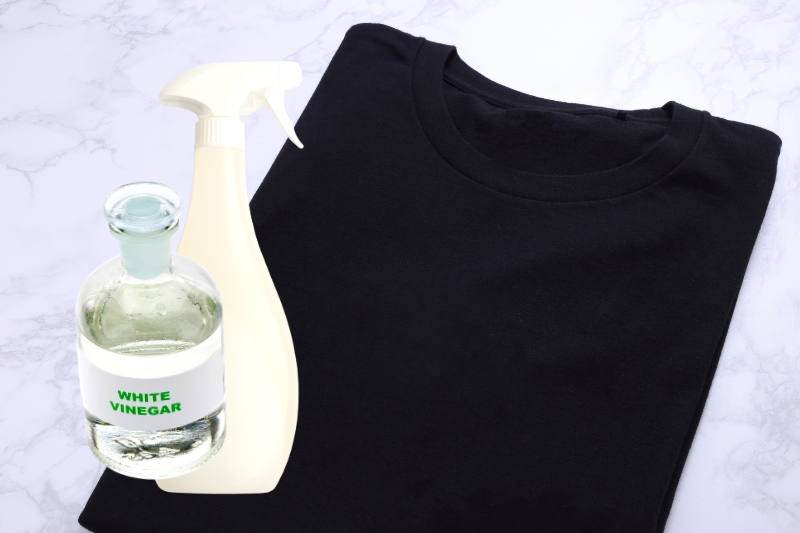
Unless you’re working with an item that is dry clean only, vinegar is generally safe to use on fabrics and won’t bleach them as it’s only mildly acidic. Despite being mild, it’s still a very efficient stain remover.
The acetic acid in it will add a chemical charge to the stain, making it easier to draw the dirt out of the fibres when washing.
Just remember to dilute the vinegar if you’re soaking items for an extended period of time, to reduce the risk of fabric weakening or fading.
Using Vinegar to Remove Stains on Clothes
When it comes to removing stains from clothes with vinegar, there are two routes you can take: soaking or spot-treating.
Which one you choose will depend on the type of stain you’re treating, as outlined below.
But in all cases, you should start by running cold water through the back of the stain to force as much of the dirt back out of the fibres and stop it setting in.
Also, make sure you stick to white vinegar, as coloured vinegars may cause additional staining.
Coffee and tea stains
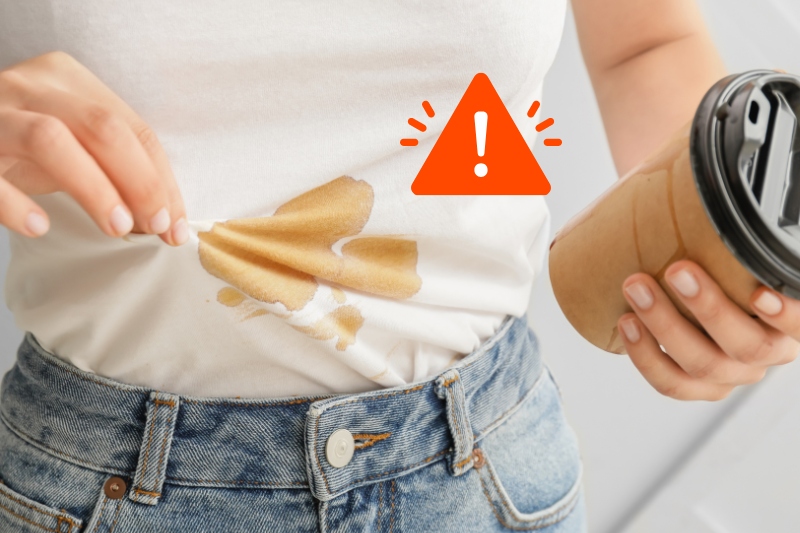
For white or light colours, soak the item in a 1:3 vinegar-water solution for 20 minutes, then line dry your clothes in the sun. This will help to lighten the stain further.
For coloured garments, spot treat the stain with a teaspoon of mild detergent first, then rinse and spritz generously with vinegar before washing.
Vomit stains
After rinsing thoroughly, soak in a 50:50 vinegar-water mix with half a teaspoon of washing up liquid for 30 minutes.
Then check the care tag and wash on the hottest cycle the item can withstand.
Both the hot water and the vinegar will help kill any bacteria still clinging to the fabric and prevent the spread of germs.
Grass stains
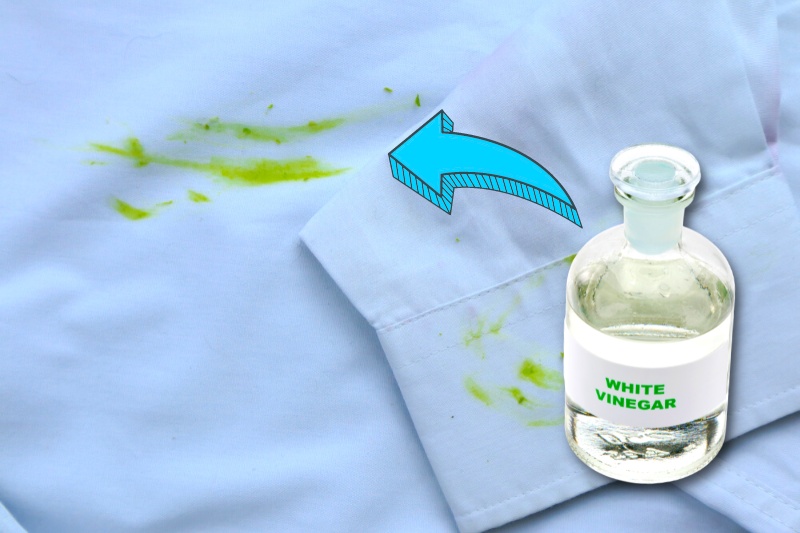
Spot treat white clothes with undiluted vinegar and leave to sit for 15 minutes, before washing.
For colours, soak in a 1:3 vinegar-water mix for at least 30 minutes, then launder as normal.
Red stains (tomato, blood or red wine)
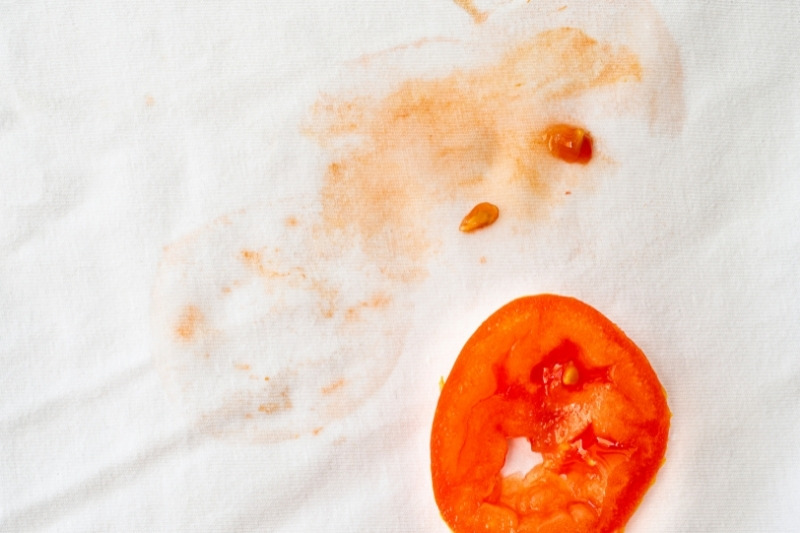
These red pigments are some of the hardest stains to remove, especially on white fabrics. With that in mind, you’ll want to both spot treat and soak them for best results.
Apply neat vinegar directly to the dampened stain, leave to soak for 15 minutes, then rinse with cold water.
Next, submerge the item in a 1:3 vinegar-water solution for about an hour prior to washing.
Tip: if the stain is still quite visible after the spot treatment, gently scrub it with a toothbrush dipped in bicarbonate of soda to help dislodge the particles. Then rinse thoroughly before soaking to avoid neutralising the vinegar solution’s acidity.
Sweat stains
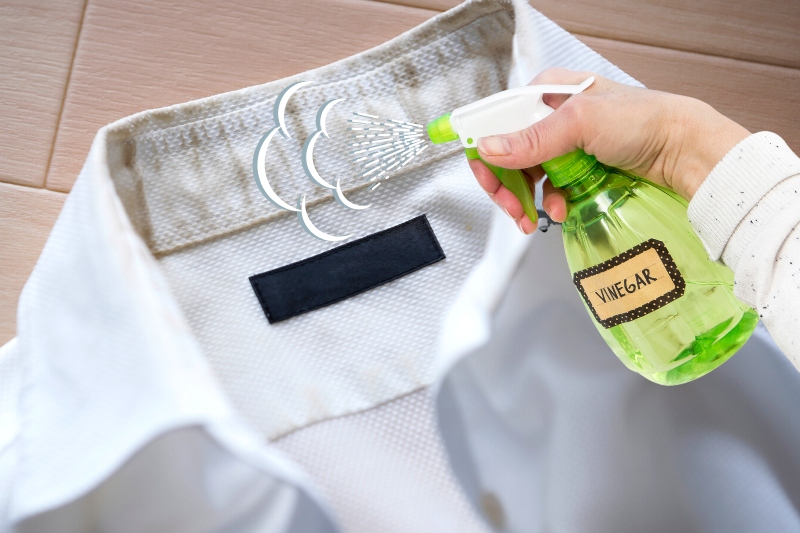
To remove yellow sweat stains from whites, combine two tablespoons of vinegar with 1 cup of warm water.
Then apply directly to the discolouration with a spray bottle or a clean sponge. Leave for half an hour then wash and dry in the sun.
Tip: dried-on stains are much harder to remove than fresh stains, so act quickly!
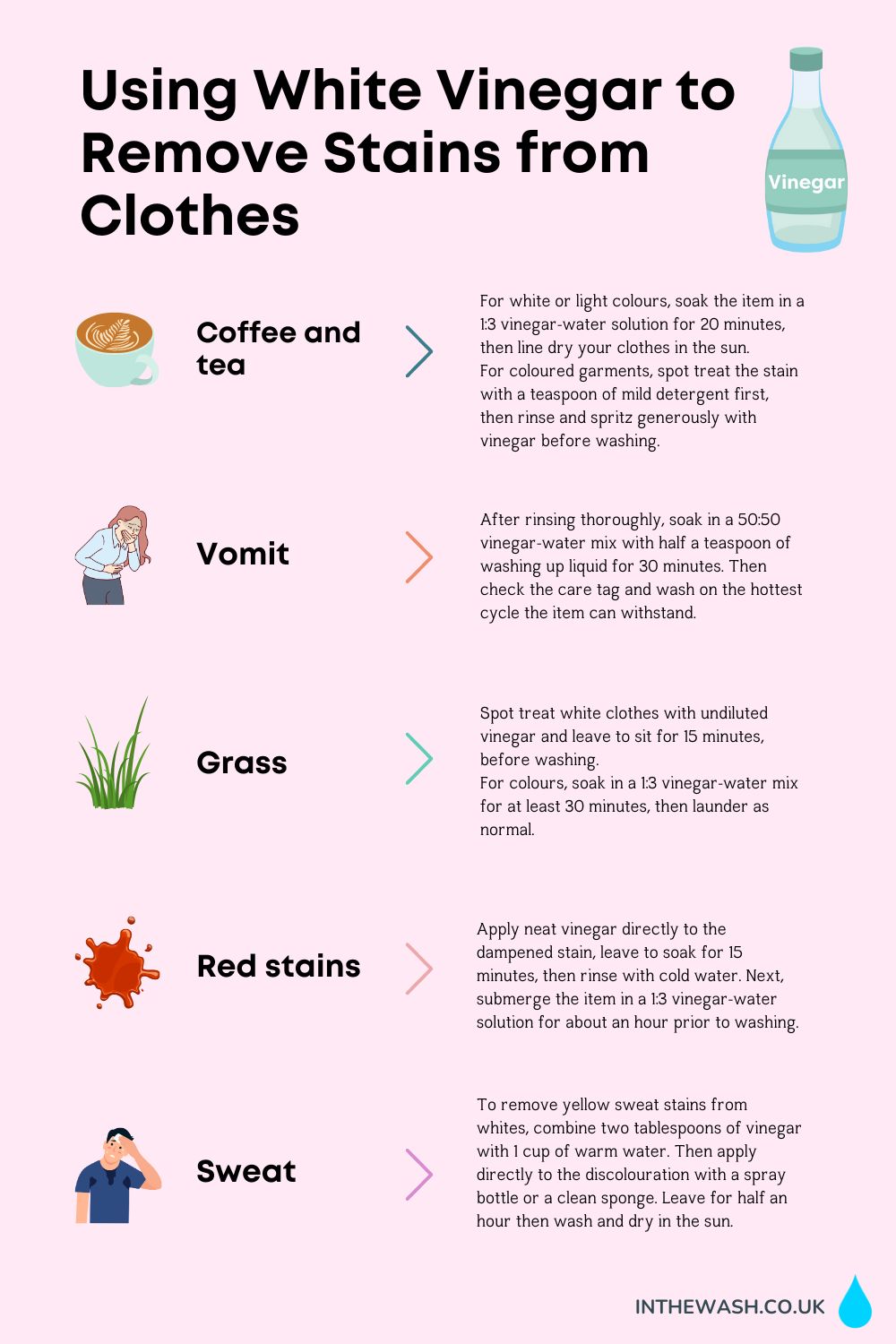
Using Vinegar to Remove Stains on Upholstery
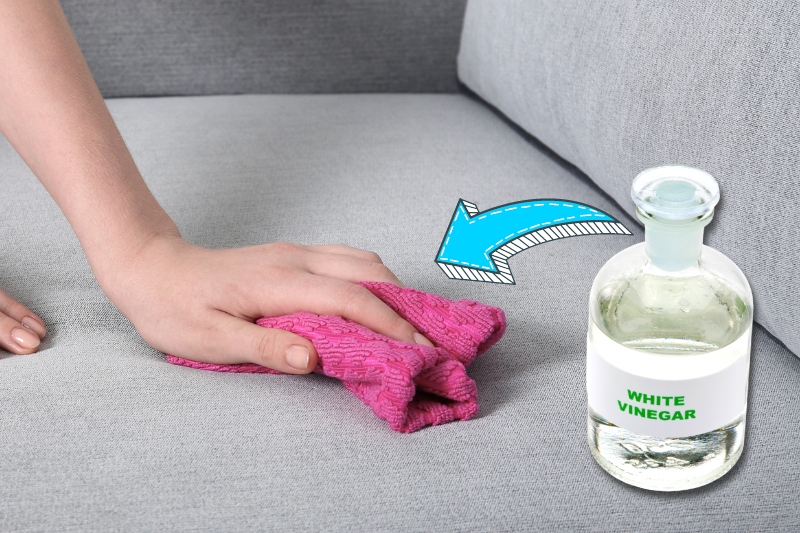
To treat stains on upholstery that can’t be washed in the machine, start by blotting as much of the stain up as possible with some paper towel.
Next, pour one part vinegar and two parts warm water into a spray bottle. Shake well to mix, then apply directly to the stain and leave it to soak in for 10-15 mins.
You can then blot away the vinegar and loosened particles with a clean cloth dipped in cold water. Leave to air dry, then check to see if the stain has gone.
If it’s still visible, you can either repeat the process or mix a new solution of 1 tablespoon of white vinegar with 2/3 cup of rubbing alcohol.
Dab it onto the stain using a sponge, then blot with paper towel until there’s no more colour transfer from the stain. Finally, rinse as above.
Tip: test the solution on a discreet part of your sofa/ chair first to check for colour changes.
Using Vinegar to Remove Stains on Carpets

Vinegar is also useful for cleaning carpets and rugs made from synthetic materials. However, it shouldn’t be applied to natural fibre designs as it may be too harsh.
To treat a carpet stain, start by blotting up as much of the spillage as possible. Or if it has already dried on, use a spoon or butter knife to carefully scrape the flakes off the fibres.
Next, mix a 2:1 vinegar-water solution, apply it to the stain with either a spray bottle or sponge, then leave it soak in for 1 minute.
When the time’s up, blot with a clean damp cloth and continue doing so until the stain stops transferring.
Then rinse it with a sponge dipped in cold water and dry by placing some paper towel over the stain and something heavy on top for a couple of hours.
You can then lift the fibres into place by going over it with a vacuum cleaner.
Tip: if needed, repeat the process and add half a teaspoon of washing up liquid to the mix to boost its stain removing power. You can also use salt and gently scrub stubborn stains after applying the mix. But be sure you work inwards so you don’t spread the dirt around.
How to Remove Hard Water Stains with Vinegar
As well as removing fabric stains, white vinegar is also great for tackling hard water deposits and soap scum.
So, if you’ve noticed a white chalky layer on your bathroom surfaces or steel taps, here’s how to use vinegar for stain removal on your pottery, glass and fixtures.
Toilet bowls
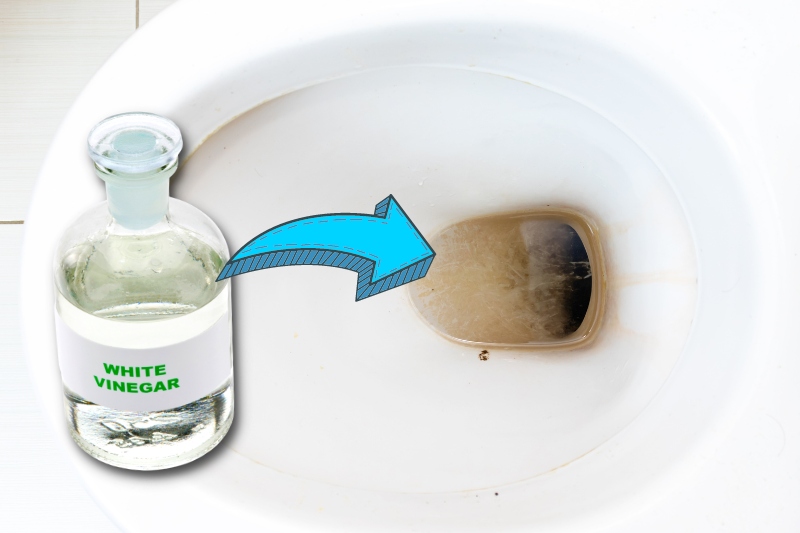
Start by scrubbing the toilet with a brush, then flush. Next, take an old mug or plastic cup to scoop out as much of the water in the bowl as you can.
To remove the hard water deposits, pour a generous amount of white vinegar into the toilet until it covers the stained water line.
Then leave the cleaner to do its magic for at least 3 hours, before rescrubbing and flushing.
You can also treat the upper section by dipping some toilet roll in vinegar, then pasting it around the rim. This helps keep the vinegar in place and stops it running back into the bowl.
Glass shower doors
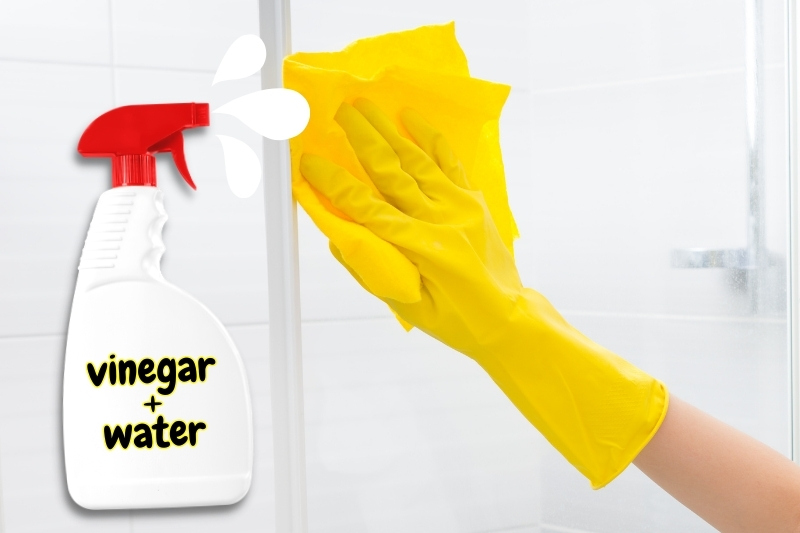
Vinegar is also a great homemade glass cleaner. Simply combine 50:50 vinegar and water solution into a spray bottle and use it to wipe the scum off your shower door with a microfibre cloth.
For tougher hard water deposits, spray the vinegar onto the door and leave it to sit for 15-30 minutes. Then use a non-scratch dish sponge or soft bristle brush to scrub the dirt off and rinse thoroughly. Dry with a clean microfibre cloth for a streak-free finish.
Taps and showerheads
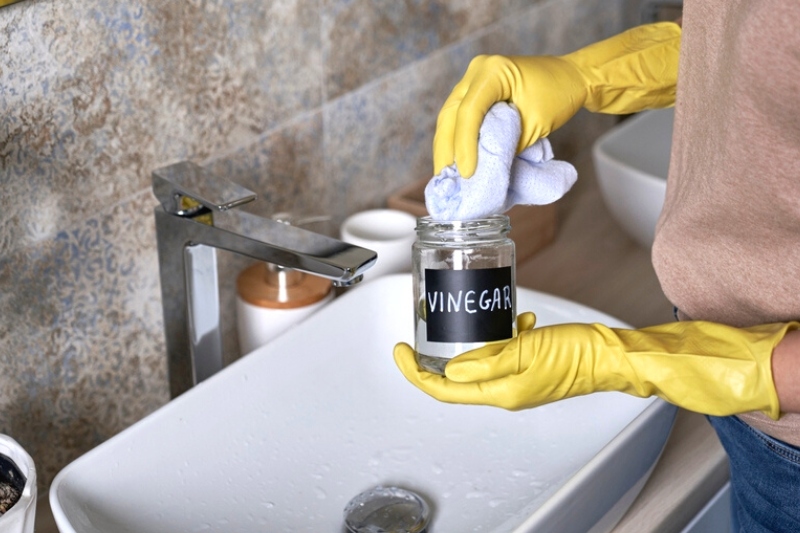
Hard water deposits are often most visible on taps and showerheads. And they’re usually pretty tough to tackle.
With that said, vinegar makes removing them much easier. All you need is a clean microfibre cloth dipped in a 2:1 mix of vinegar and hot water.
Wring it out a little, then drape it over the stained area and leave for 3 hours before scrubbing and rinsing.
If the scale still doesn’t come away, pour 2 tablespoons of vinegar and 1 teaspoon of salt into a plastic freezer bag.
Tie it around the fixture, checking that it is fully submerged and leave overnight. Scrub off the residue in the morning and rinse to leave your taps gleaming.
Wondering what else you can use vinegar for? Learn more on our blog, alongside the things you should avoid cleaning with vinegar and why you must never mix it with bleach.

A proud Yorkshire lass with a love for movies, music and cosy nights in! Once a self-confessed avoider of cleaning, she’s always on the lookout for new ways to make household chores as quick and simple as possible.
